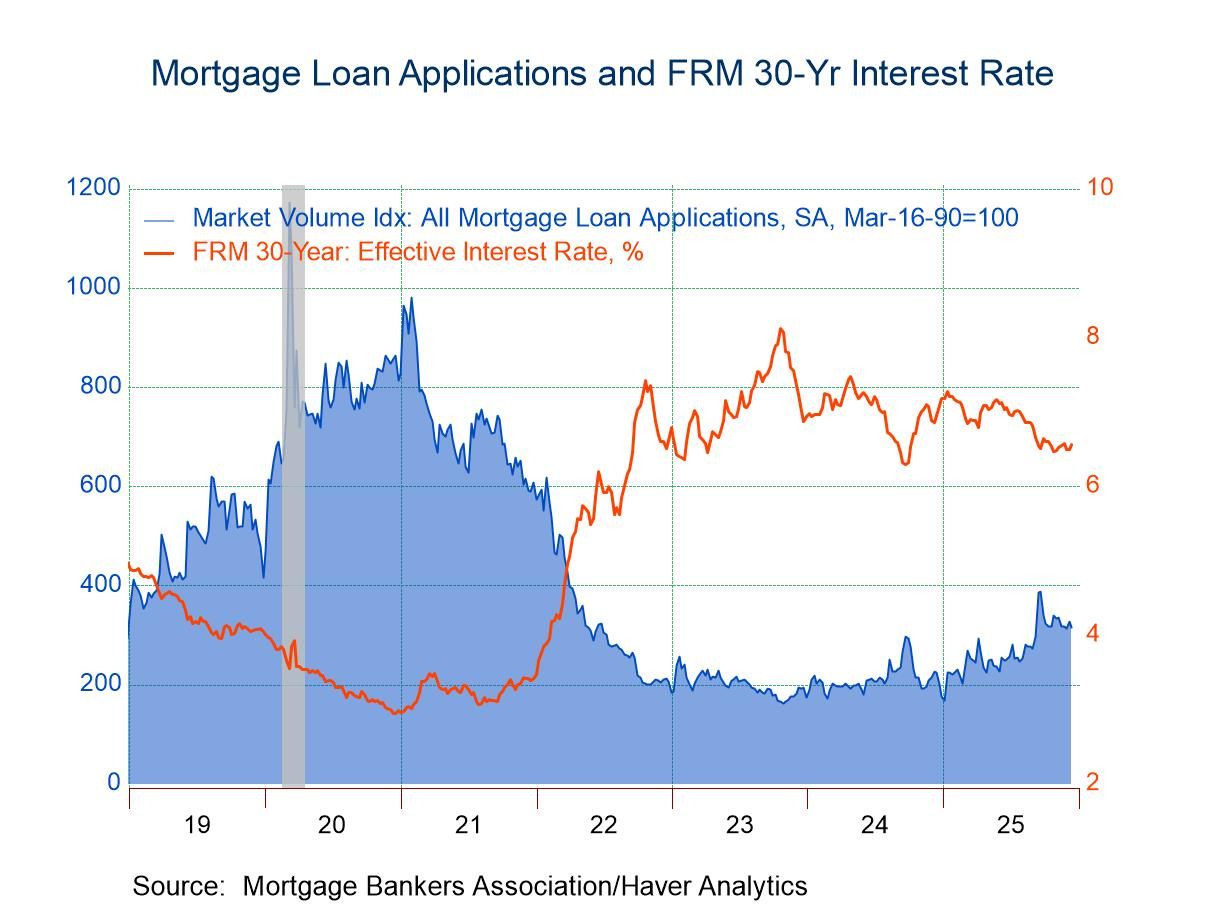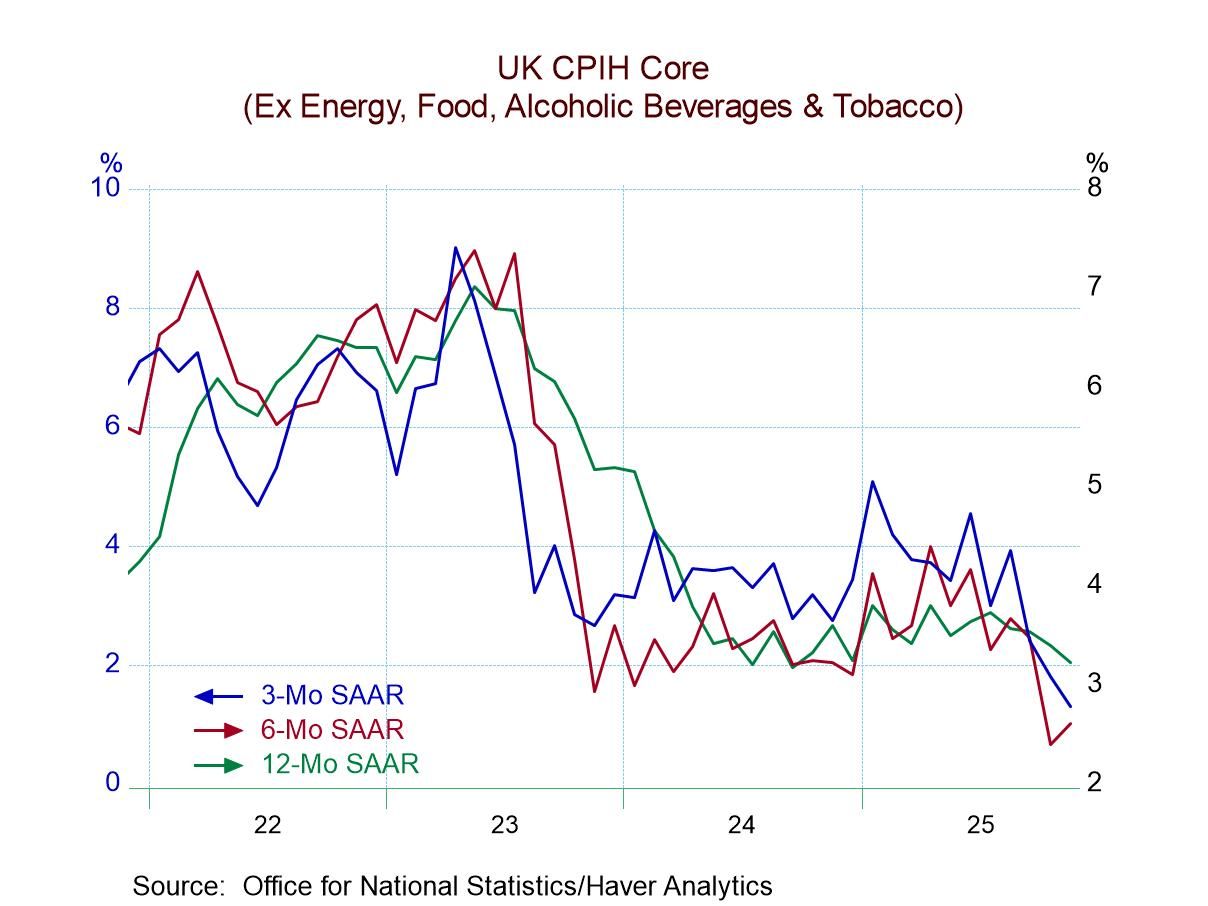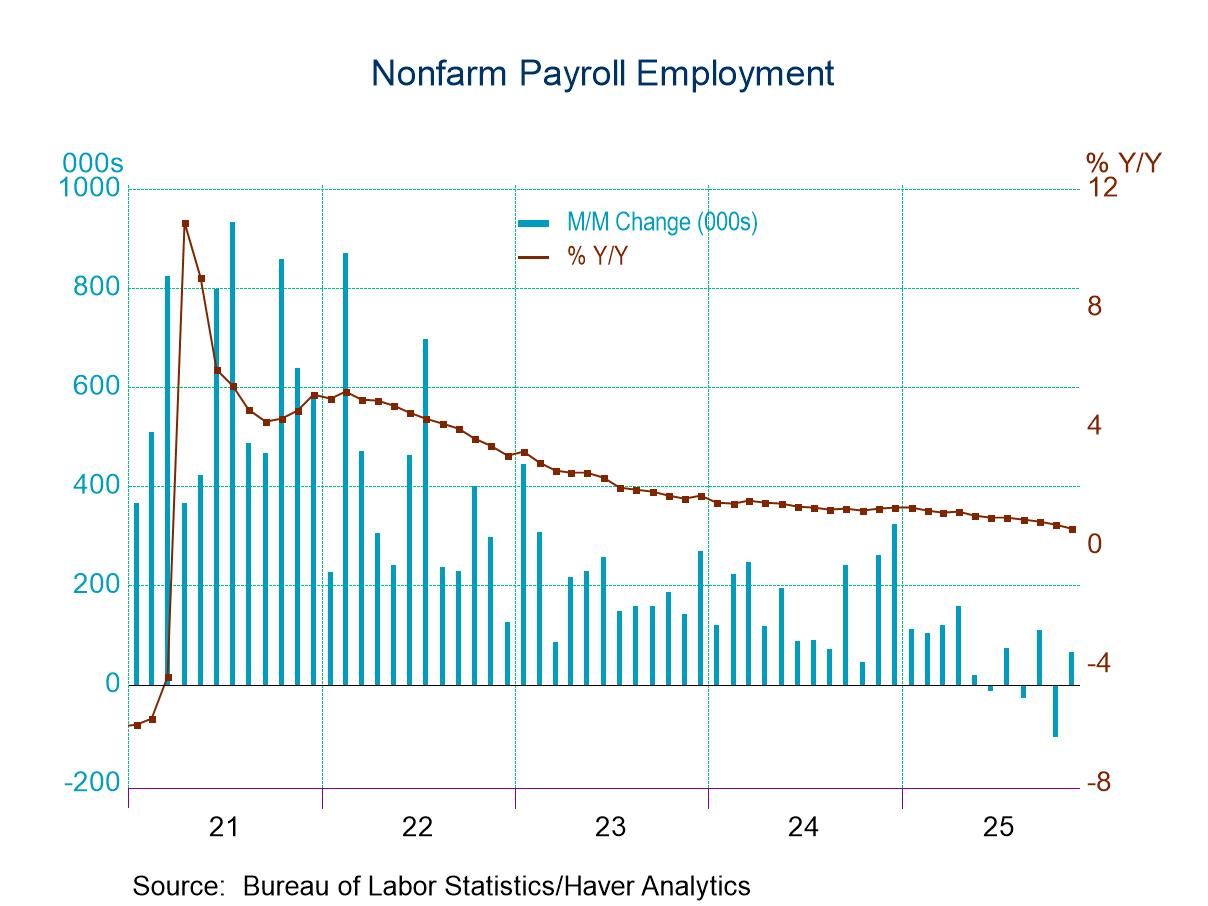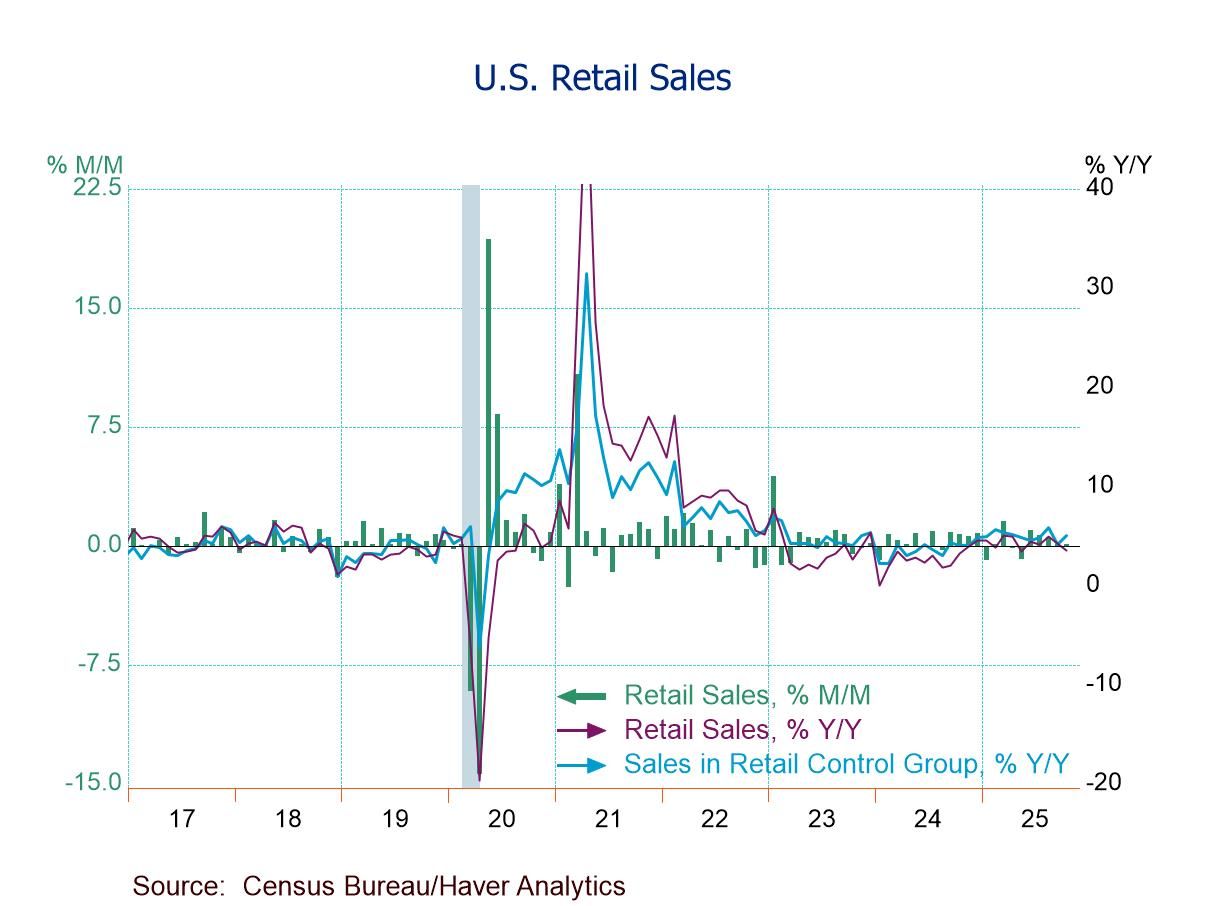Flash PMI Readings Tick Up but Remain Weak

The S&P flash PMI readings show strengthening for the composites across the board except for Australia for the early reporters presented in this table in December. However, it's very much a performance that rests on the services sector that is stronger in each of the reporting countries except Australia, while manufacturing is weaker in all reporting countries in December, except in Japan.
Sequential weakness over the last three-months Sequential data show a clear weakening over three-months compared to six-months for all the entries in the table except for the US composite and the US services sector. Over six months conditions are much more mixed with ten of the 21 readings showing a stronger result over six-months compared to 12-months. Over 12-months compared to 12-months ago there was a broad strengthening with only four reports of weaker activity on that basis: for manufacturing in Germany, manufacturing in Australia, services in the United Kingdom, and services in the United States. All other entries show strengthening over 12-months compared to 12-months ago (based on averages).
Sector performance-rankings The sector standing is indicated by the queue rankings that position the December entries in a string of data over five years. They show only six of the 21 rankings above 50% indicating that only six of them lie above their medians for this 5-year period. Two composite rankings are above their medians: the US with the ranking in the 78th percentile and Japan, with its ranking in its 60th percentile. Those are driven by strong service sector rankings, in the case of Japan services that have a 56.7 percentile standing, in the case of the US services at a 72.8 percentile standing. German services have an above median standing at 51.7% while for the European Monetary Union the service sector has a 55.0 percentile standing. But in the case of the Monetary Union with a 20-percentile standing for manufacturing the composite only reaches to 40% (Germany does even worse).
Covid post-Covid – a sad tale for growth This has been a five year period of exceptional weakness with the composite rankings in all but two countries below their five-year medians The United States and Japan weaker than they were five years ago in January of 2020 just before COVID began, manufacturing sectors are weaker than in January 2020 everywhere except in Japan; only the US and Japan have service sectors that show gains compared to January 2020. Manufacturing has been exceptionally weak during this period. This group of countries shows a current average manufacturing standing in its 22nd percentile, compared to services with an average standing across countries in the table at its 48.7 percentile, and the composite reading currently at an average standing in its 41.9 percentile.
Summing up Globally conditions are weak and in December the readings continued to be uneven, and this is at the end of a three-month period when conditions show broad weakening compared to six-months. This is not exactly the way central banks had hoped to end the year. Apparently 2024 will end with monetary policy still broadly in an easing cycle but perhaps, these are becoming easing cycles that are entering a less vigorous stage with inflation that has come down from its peaks but has showed signs of being stubborn above the targets that central banks have set for inflation. And it's a period in which economic growth remains weak and it's not showing signs of acceleration. However, is it also -strangely – a time with some good news, when labor markets show full or close to full employment! Ominously the Baltic dry index, which is an index of trade volume globally, shows the trade volume momentum has been slipping in recent weeks - another disappointing sign as the year draws to an end.
Robert Brusca
AuthorMore in Author Profile »Robert A. Brusca is Chief Economist of Fact and Opinion Economics, a consulting firm he founded in Manhattan. He has been an economist on Wall Street for over 25 years. He has visited central banking and large institutional clients in over 30 countries in his career as an economist. Mr. Brusca was a Divisional Research Chief at the Federal Reserve Bank of NY (Chief of the International Financial markets Division), a Fed Watcher at Irving Trust and Chief Economist at Nikko Securities International. He is widely quoted and appears in various media. Mr. Brusca holds an MA and Ph.D. in economics from Michigan State University and a BA in Economics from the University of Michigan. His research pursues his strong interests in non aligned policy economics as well as international economics. FAO Economics’ research targets investors to assist them in making better investment decisions in stocks, bonds and in a variety of international assets. The company does not manage money and has no conflicts in giving economic advice.






